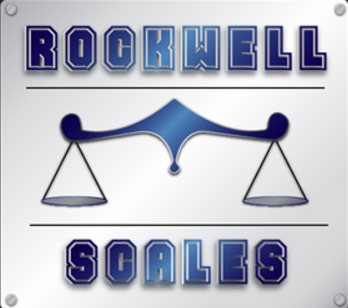The Most Common Myths About Industrial Scales in Montana
April 5, 2017 3:33 am Leave your thoughtsIf you run a business that relies on scales to weigh products or equipment, then you know how crucial it is that your scales be as accurate as possible 100 percent of the time. Improperly working industrial scales can hinder your workflow, and may even shut down business for a time until calibrations and repairs can be made. So, what do you need to know to stay one step ahead of problems? First and foremost, both new and seasoned scale owners can benefit from getting to know their scales. Read the manual, ask the manufacturer questions and don’t be fooled by claims that are not true.
Here are some of the most common myths you will hear about industrial scales in Montana.
Myth #1: A scale is a scale
From the bathroom scale to food production scales to truck scales, there are many different kinds of scales for all sorts of needs. Yes, all of these are scales, but they are not all are the same; in fact, they don’t even look the same, and each type is designed for a specific job. Industrial weighing devices like truck scales, warehouse floor scales and counting scales each vary when it comes to equipment balancing, calibration and cleaning.
Myth #2: Don’t worry about outside factors
Truth is, there are a lot of outside factors that can affect scale accuracy. This includes temperature fluctuations, drafts, vibrations and electrical interference—not to mention operator error. Additionally, debris caught in the equipment—such as rocks, green waste, garbage and even animals—can cause your scale to provide inaccurate readings. Knowing that these factors are capable of causing weighing problems can prevent costly repair bills.
Myth #3: Once installed, you’re good to go
After the initial installation of your scale, you will still need to maintain it on a regular basis to ensure proper weighing. You have to check for outside factors like those mentioned above to make sure scales do not lose their calibration. Also, structural damage to the platform from heavy use, if left unfixed, can cause significant issues. So, once installed, you will still need to maintain it weekly and monthly, and bring in a pro on an annual basis for a more comprehensive checkup.
Myth #4: One calibration is enough
One calibration is most definitely not enough. To ensure true industrial scale readings, you must calibrate it at regular intervals and make repairs to equipment immediately. Calibrating your scales is similar to truck weigh-ins; it needs to be done often if weight calculations are going to be accurate. Besides outside factors, environmental factors are also known to have an effect on calibration. Industrial scales are impacted by naturally occurring things like flooding, lightning strikes, earthquakes and pest infestations. Other vehicles and equipment bumping into a scale can also result in inaccurate readings.
Whether you are in the agricultural, mining or trucking industry, the key to a successful business is to maintain and use industrial scales in Montana the right way. At Rockwell Scales, our team of professionals can answer questions and help with all your scale installation and repair needs. Give us a call today!
Categorised in: Industrial Scales
This post was written by Writer
